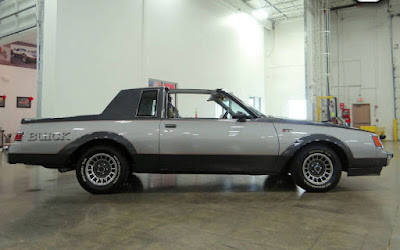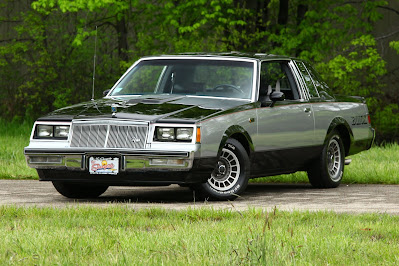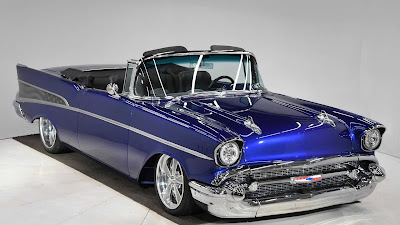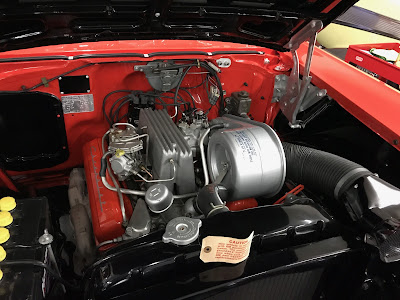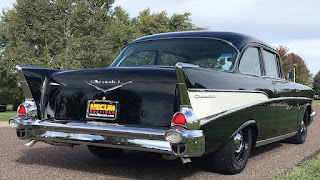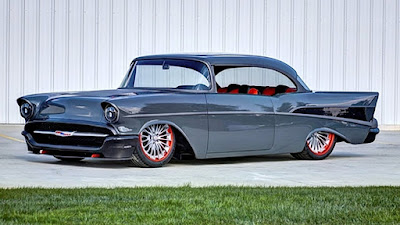- 260 Horsepower and 330 lb.-ft. of Torque
- 4l60e Automatic Transmission
- 3.08 Tall Rear Gear with a Limited Slip Differential
- Lowered Heavy Duty Suspension from the Caprice Police Car Package
- Performance-Oriented Shocks w/Semi-Stiff Anti-Roll Bars
- 12-Inch Vented Disc Brakes
- 0-60 in 7.0 Seconds and 15.0 Second 1/4 Mile Time @ 92-MPH Give or Take
Now, of course, that doesn't sound like much today, with V6 SUVs outperforming the big-bodied vehicle. But this 4,220-pound beast was considered pretty fast for its size 26 years ago.
The funny thing is the decision to go with the Caprice LT1 Impala combo came about because the original Caprice 4.6-liter engine was having a hard time making emission standards. The LT1 engine that was placed in the Corvette, Camaro, and Pontiac sports cars were doing fine passing emissions and smog regulations, and that's why it got the duties of lugging the Impala SS around.
Potential For More Power
Dropping the 4.6-liter and moving to the LT1 made the Impala SS even more like a muscle car. Since there was not a lot you could do in terms of upgrades to the 4.6-liter, the dud you got in the 93 and older Caprice, was the dud you got. The LT1 on the other hand offered plenty of room for upgrades. If you could get the upgrade for a Corvette, Camaro, Firebird, or Trans Am, chances are you could get it for the Impala. This opened up the door for easy upgrades from cold air induction and computer programmers to cam, heads, and nitrous. I'd go over all the upgrade options, but I figure you could use your imagination here.
Four-Door Competition
It was definitely faster than its American four-door competitors i.e. the Ford Taurus SHO and the Pontiac Bonneville SSEi. Moreover, it was $65,800+ cheaper than the Mercedes-Benz S500 and could accelerate faster, handle better, and match the Benz in braking abilities, all while sounding like true American Muscle.
What The Impala SS Had Its Sports Car Companions Didn't
That's easy, front bucket seats that made you feel like you were sitting on a sofa, a back seat where people even 6-feet tall and hefty could sit in comfortably, and a trunk you could neatly place a dead body in.
The Impala's colors were limited. In 1994, you were only able to get one in Black, but '95 and 96-year models brought about a dark Cherry Red and a dark Green color.
There were also a few other differences about the 1994 Impala SS. There was a digital dashboard with no tachometer and a column shifter. When Chevrolet noticed the consumer's want for this vehicle in the muscle car capacity, they added in an analog dashboard with a tach and a floor shifter to add to the muscle car feel.
For all three years, the exterior sported special 17-inch 5-spoke rims wrapped up in large 255/50R-17 tires, a nice-sounding dual exhaust system was added with a rear spoiler, and deleted Caprice chrome. The stance, the sound, the power, and the name of it alone, Impala SS, made this disguised Caprice no longer a car you would expect a 90-year-old church-going lady to drive.
Taking One For A Ride
I've taken a few for a ride here and there working at a dealership. They're not that fast, but one thing they are is a little surprising. You just don't think a 94-96 Caprice with special SS Impala badges is going to offer you so much.
The Impala gives you more than enough throttle response to get the big, long sedan in the passing zone and go. It also gives you plenty of comforts, from the leg and headroom to the soft suspension that performs well but still gives you a ride that reminds you of your grandpa's unmolested Lincoln.
And no, there is no media center, cell phone connectivity, or sophisticated driver assist safety functions that allows you to disregard paying attention to the road. These Impala SS big-bodies are true cruising cars. A car that you can shine up, hit the road, listen to the muffles humm, and get a few looks of envy from drivers in their cookie-cutter trucks and crossovers.
Purchasing A 94-96 Impala SS
With 69,758 Impala SS sports sedans produced between 94-96, they are not the rarest cars in the world. But a lot of them are stored away in garages as their value goes up. If you're looking to purchase one of these modern Impala SS muscle cars, your best option is to look out for one that has low miles and has little to no upgrades. Some of these cars have been heavily modified, and some have been around the block a time or two.
Look for rust in the usual places, signs of years of abuse, aftermarket hacked stereo systems and suspension components, and beat-up interiors. Some of these cars may still have potential, but it would depend on how much money you want to put into them. There are still plenty of good ones out there that have been well-taken care of and can offer you a fun and cool multi-purpose Hot Rod!








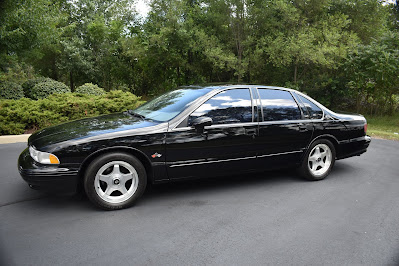
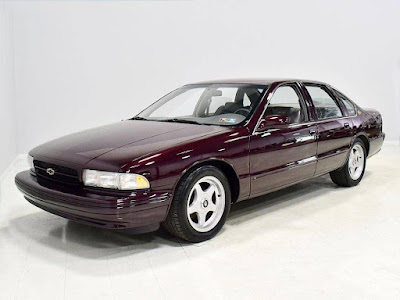





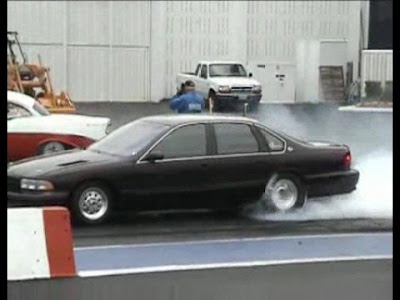
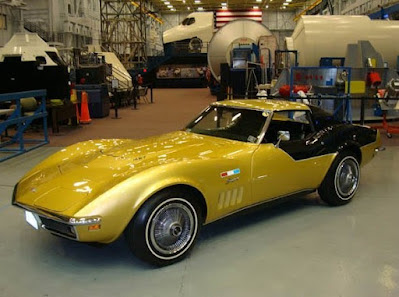


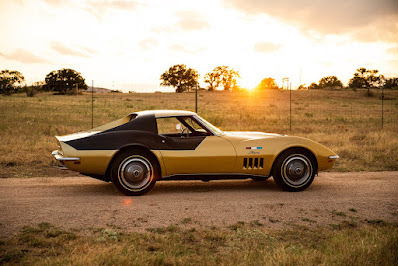
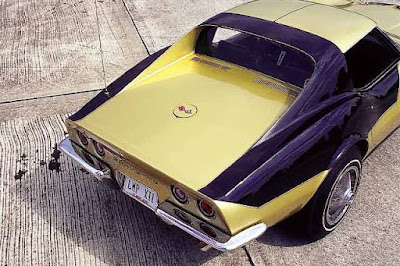
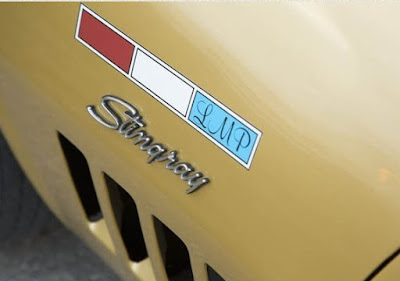






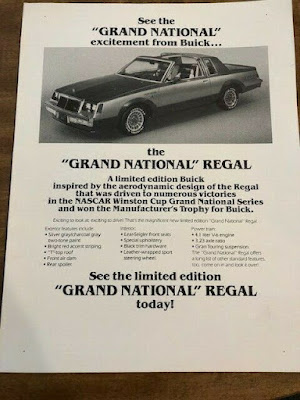
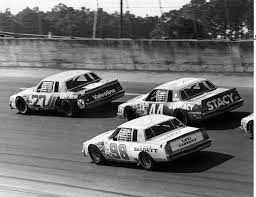


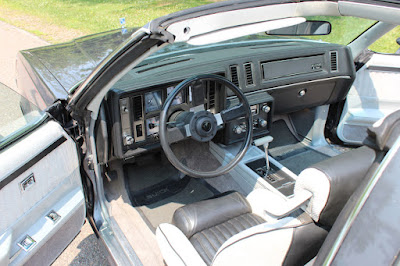

.jpg)
